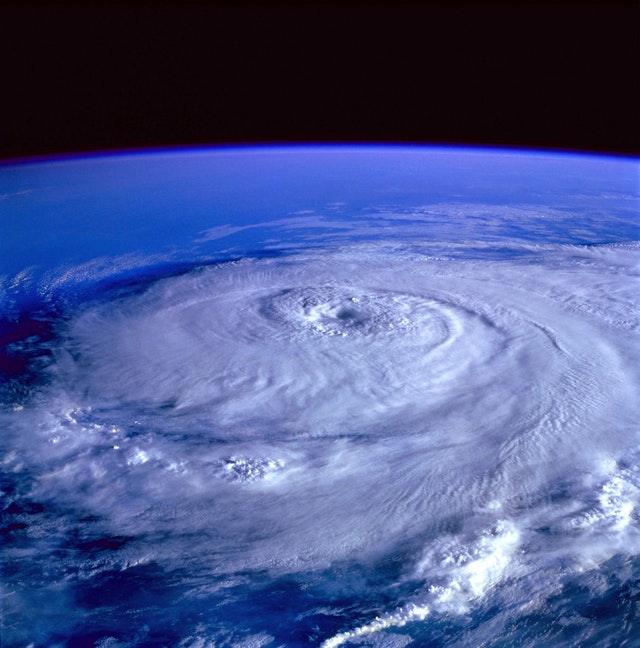Storm Recovery Tips: Before and After the Storm
Storm damage happens in a lot of ways, from flooding properties to wind-downed trees. When your property is affected by a serious storm, it takes comprehensive storm recovery & disaster response services for full repairs.
One key to successfully tackling damages is prioritizing the risks and the appropriate recovery actions. It’s important to note that risks vary from one region of a state to another and even more across state boundaries. Work closely with your storm recovery technician to identify the top risks in your area.
Risks of DIY Storm Recovery
Before addressing the types of storm damage, make sure you understand the potential hazards that face homeowners who consider cleaning up without involving professional services.
- Electrical hazards crop up during flooding, heavy windstorms, and just about every other type of storm-related disaster. Even if you are standing in a puddle of water on your property, there’s a risk of electrocution. Faulty wiring, exposed connections, and hidden wiring defects all pose a risk to homeowners.
- Structural damages are often hard to see. Wind, lightning, and flooding affect homes in different ways, but they can all weaken the structural integrity of buildings. Without knowing what to look for and where to look, property owners may suffer personal injuries while trying to recover from the storm.
- After a major storm system has moved through a community, municipal systems are often damaged or inefficient. Floodwaters often carry dangerous bacteria. Wind-blown neighborhoods may be sites of downed power lines. These health and safety risks pose serious concerns to individuals, families, and business owners.
- One of the biggest risks for do-it-yourself property owners is the potential for making mistakes or increasing the amount of harm done. Even skilled property owners with a history of handling home repairs are generally unprepared for the type of work required after storm damage occurs.
The best way to help after a major storm is to first address your family’s or employees’ safety concerns. Next, work closely with the professionals providing storm recovery and disaster response services in your area.
Wind Damage
One of the most common sources of storm-related property damages is heavy winds. Powerful gusts of wind can uproot trees, blow shingles off roofs, and send trampolines flying across several yards.
Before a storm hits, property owners should look around their buildings and decide what could be blown into buildings and structures. Property owners can also keep their trees and shrubs pruned, repair structures as necessary, and pay attention to storm warnings.
Water Damage
Floodwaters affect property in many ways. Of course, water-logged furnishings and buildings suffer initial damages caused by contaminated waters, such as stains, smells, and sometimes complete destruction (such as soaked books and disintegrated documents.)
As the waters recede, there’s a potential for more trouble; one of the worst of these is mold growth. Talk to storm recovery & disaster response services professionals for specifics about preparing your property for the risk of flooding.
Hail Damage
According to the Insurance Information Institute, nearly 11 million properties were affected by hail in 2017. Plan ahead and reduce damages by scheduling regular inspections and maintenance for your roof. Proper tree, shrub, and landscape maintenance is also vital. Make sure gutters and drains are clear, so water can drain efficiently. Make a plan, designating areas of shelter for people, animals, automobiles, and machinery.
Fire Damage
Fires don’t always accompany major storms, but when they do, the destruction is significant. When lightning strikes or downed power lights ignite your property, remember that your top priority is the safety of people. Make sure you have a fire safety plan in place and that you practice it regularly.
Act Before the Storm
The best time for you to respond to storm damages is before they happen; take preventative actions to protect your property. When serious storms do hit your community, your top priority should be the safety of yourself and the people around you.
Professionals who offer storm recovery & disaster response services can handle the rest. Call United Water Restoration today for more tips about safeguarding your property.





